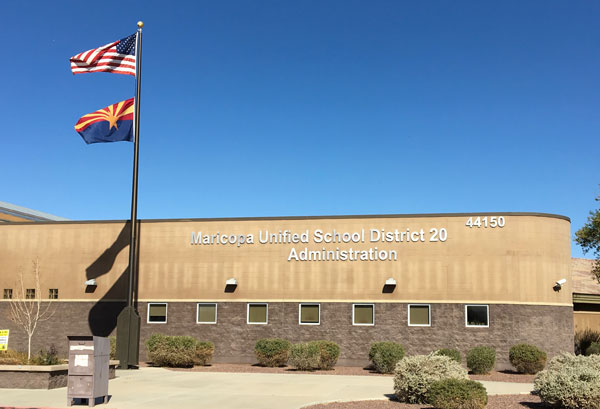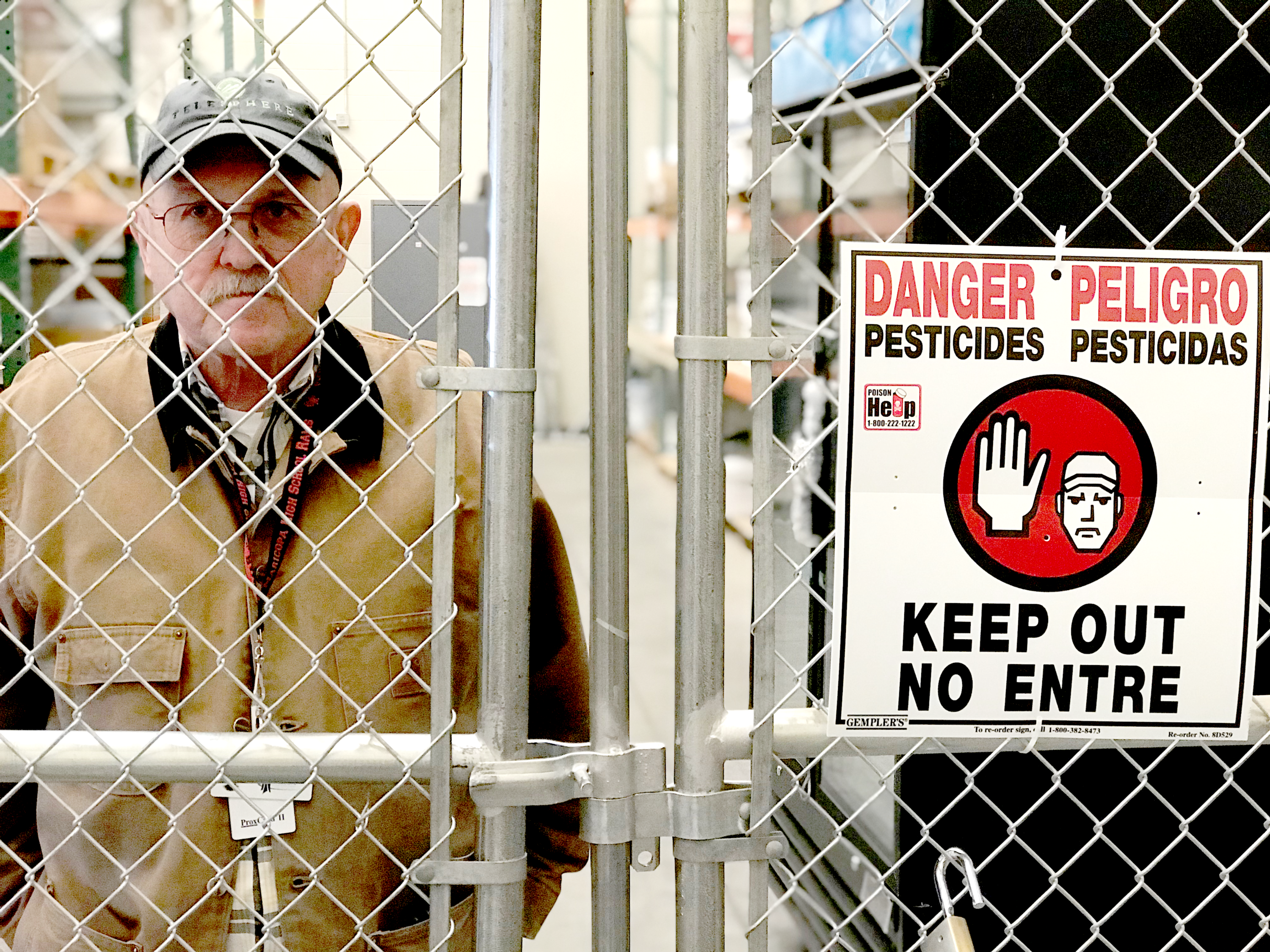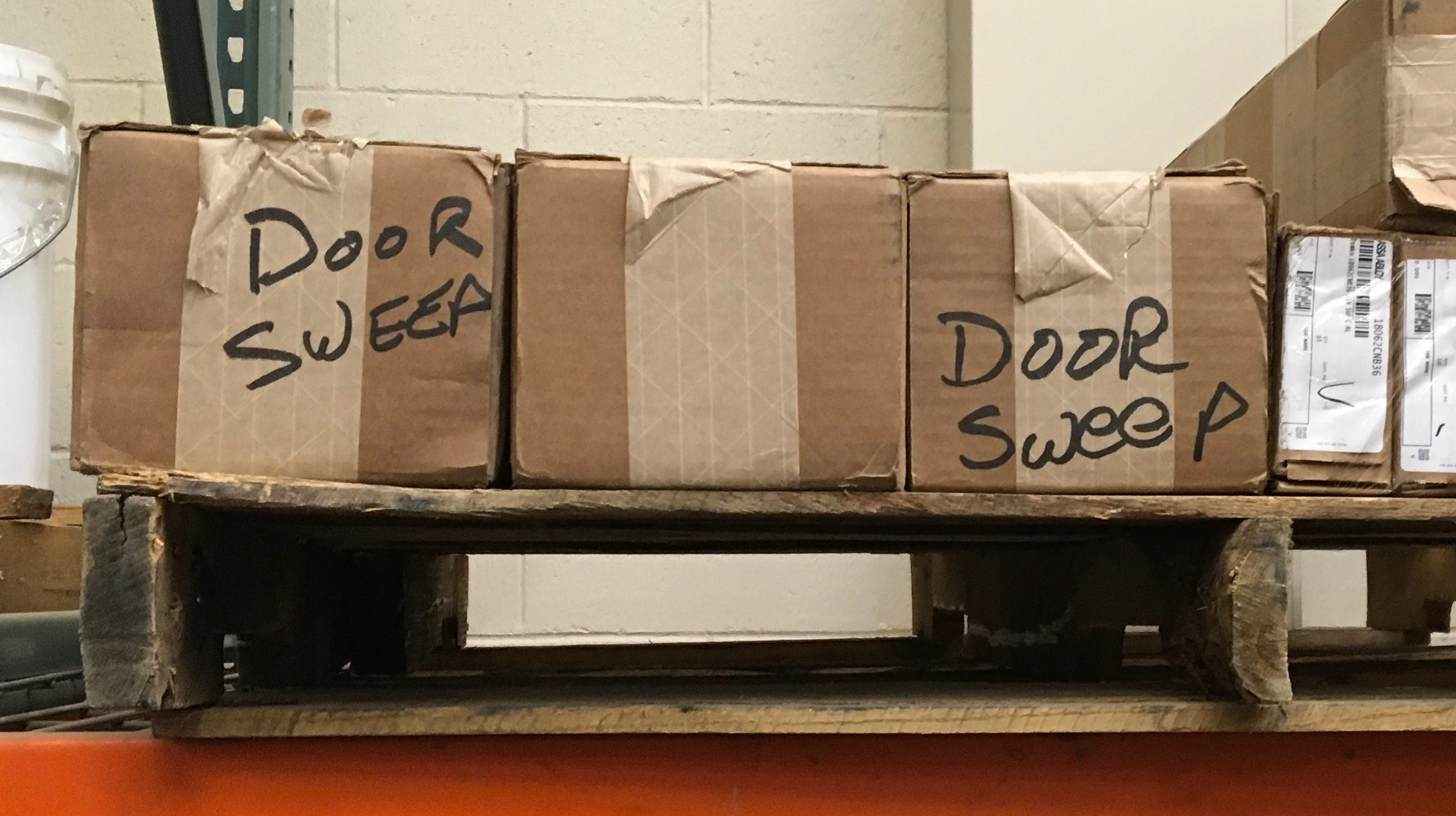School District Creates a Healthier Environment by Adopting IPM
Every day, nearly 7,000 students come to the Maricopa Unified School District’s six elementary schools, two middle schools and one high school outside Phoenix, Arizona. They’re joined on the campuses by more than 800 teachers and other employees.
 Today, every one of those people comes to schools that are healthier to learn in and teach in because the district embraced integrated pest management.
Today, every one of those people comes to schools that are healthier to learn in and teach in because the district embraced integrated pest management.
“Our school board, administration and staff support the IPM program and our budgeting supports this program,” explained Aron Rausch, the district’s director of business services who oversees operations. “We’ve changed the way the schools manage pests and significantly reduced pesticide use in the district’s classrooms, lunch rooms, playgrounds and sports fields.”
In fact, in 2017 Maricopa Unified was awarded IPM Star Certification by the IPM Institute of North America and the U.S. Environmental Protection Agency for “exceeding a rigorous standard for integrated pest management.”
Here’s how it happened.
Training, but Questions
Maricopa’s path to IPM stardom began a few years ago when the district’s environmental specialist Dan Vezie got his pesticide applicator’s license so the district wouldn’t have to use outside contractors all the time.

Maricopa Unified'f Dan Vezie
He got the license, but felt he was only trained in the mechanics of how to spray. He didn’t know what to spray, or why to spray or, most importantly, when and when not to spray.
“I’d dealt with the University of Arizona Extension Center in the past, so I went down there,” he said. “I didn’t know anything about IPM, and I think that was a good thing. I didn’t have any bad habits or preconceived notions.”
Through the extension program, Vezie connected with community IPM specialists Dawn Gouge and Shaku Nair, who became his and the district’s guides to a new way of thinking about pests and pest management.
“Before this, we had a pest-management company and they would come out once a month and ask the secretaries what they’d seen on campus, ants or whatever, and then they’d spray,” Vezie said. “I don’t even know what they sprayed, but they’d come spray once a month.”
That was the first change.
“We stopped being on a spray schedule,” he said, “and fired the pest company.”
 The maintenance and grounds staff began managing pests other ways. They installed door sweeps and trimmed vegetation away from the buildings. Where bees would get into irrigation valve boxes seeking water, they’d seal the holes with expanding foam. They installed one-way sink valves called drain traps to keep cockroaches out, and began an ongoing – and still ongoing – education effort to teach teachers to keep their classrooms clean and that not every bug needs to be killed, especially chemically.
The maintenance and grounds staff began managing pests other ways. They installed door sweeps and trimmed vegetation away from the buildings. Where bees would get into irrigation valve boxes seeking water, they’d seal the holes with expanding foam. They installed one-way sink valves called drain traps to keep cockroaches out, and began an ongoing – and still ongoing – education effort to teach teachers to keep their classrooms clean and that not every bug needs to be killed, especially chemically.
“The first couple of years, the schools would call and want me to spray all the time,” Vezie said. “And I’d explain to them, ‘We don’t spray for spiders.’”
Instead, they vacuum up spiders and the occasional scorpion. They use environmentally safer alternatives like eucalyptus oil to treat insect pests. In fact, the only powerful insecticide the school keeps and uses is a bait needed to treat dangerous fire ants. Everything else, they handle through exclusion and avoidance, deterrence and education.
“They called me to spray for ants in the teacher’s staff room once, and I got there and here was sugar on the counter,” Vezie said. “So you tell people, ‘You get rid of the sugar, you get rid of the ants.’”
The maintenance staff leaves notes for teachers who leave food out in their classrooms, and even wrote up little half-page pest management tips to give people when they want them to spray.
“They tell us to come and spray, and we come and look for the real problem,” Vezie said.
The philosophy extends outdoors as well, where Chad Whittle, the district’s grounds coordinator, applies IPM principles to managing the schools’ grounds, fields and sports facilities.
“For weeds, prefer mechanical and labor processes to herbicides,” Whittle said. “So we use a little Roundup and a lot of hula hoes.”
.jpg) But it doesn’t mean the grounds suffer. The high school’s baseball field was recently recognized for its outstanding turf, winning the 2016 American Baseball Coaches Association Athletics Field Maintenance Award.
But it doesn’t mean the grounds suffer. The high school’s baseball field was recently recognized for its outstanding turf, winning the 2016 American Baseball Coaches Association Athletics Field Maintenance Award.
It takes time to make changes into habits, but for Maricopa Unified, the efforts are paying off.
When the school’s extension partners, Nair, Gouge and the University of Arizona community IPM team, wanted to conduct a training for other schools, they got Maricopa to host it so other districts could learn from its example. Maricopa made such a transformation, Nair suggested the district apply for IPM Star Certification.
“They were doing all this great work already,” she said. “One of the major items that was missing was a formal IPM policy, so we helped them put one together. It was approved by the board and IPM is now official district policy and is published on their website.”
What started with one person’s questions blossomed into a district-wide commitment, and there’s a plaque outside the Maricopa Unified School District board room, celebrating the accomplishment.
“This is an entire team effort at the Maricopa Unified School District,” Rausch said. “And we’re proud of it.”